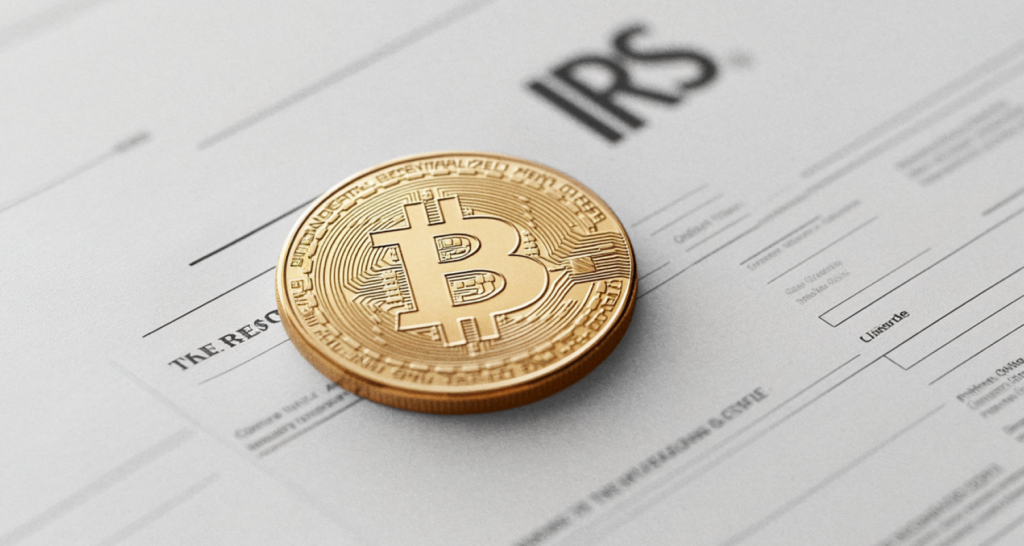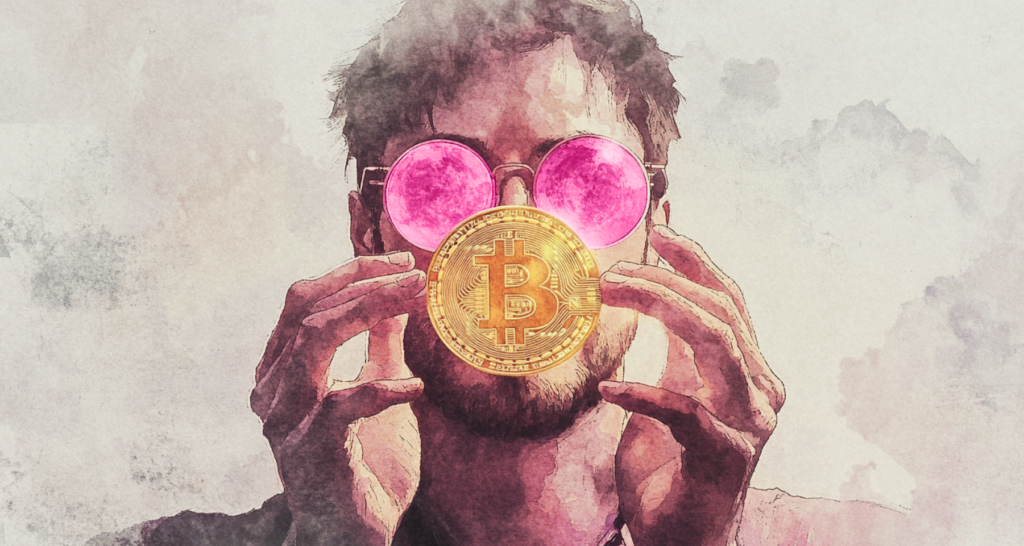BTC’s correlation with S&P 500: Will it ever go up?

Since the beginning of 2022, we can observe a steady direct Bitcoin correlation with the S&P 500. Let’s try to analyze the S&P 500 trends and predict when BTC will bounce back.
On this page
This year, many traders and analysts have noted a steady Bitcoin correlation with certain stock indices, particularly the S&P 500. Previously, such a correlation could be observed with gold, which was traditionally viewed as a “protective” asset. Investors “flee” to the precious metal during every “storm” in the stock or currency markets. But now, after almost a year and a half of correction, Bitcoin is considered more as a “technological” asset, rather than a “safe haven”.
In their fundamental and technical analysis, institutional investors and traders always consider the dependence of the top virtual asset on the instruments with which Bitcoin is closely connected, and correlated.
The S&P 500 is a stock market index, which tracks the performance of the 500 largest companies in the U.S. by market cap, and represents many technological giants, including Apple, Microsoft, Amazon, and others.
CryptoQuant estimates that BTC's correlation with the S&P 500 has reached its peak in early 2022. Now that Bitcoin has regained its status as a risky asset, it moves much more like a tech stock, which is traditionally reflected in the S&P 500. In the same way that a strengthened BTC rate encourages capital injections into IT stocks, a significant stock market sell-off causes the oldest cryptocurrency to fall.
Determination of the start of the BTC and S&P 500 direct correlation phase on the TradingView chart
During 2022, the BTC correlation with the S&P 500 is considered almost perfect. Since 2020, it has been positive until now, apart from minor differences during short periods. But now it has become a perfect additional indicator for determining the future BTC trend. If the Fed finally decides to ease its policy shortly, Bitcoin will be one of the assets to benefit from this move.
Blockchain platform IntoTheBlock's correlation matrix shows that Bitcoin is still highly correlated with the NASDAQ-100 and S&P 500, both at 0.7.
The correlation value is calculated using a mathematical formula, which takes into account the index and BTC price statistics over time. The coefficient above 0.5 is considered a moderate correlation, over 0.7 – very strong, while the correlation between 0.3 and -0.3 is weak. The correlation coefficient of 1 means that movements are perfectly synchronized, whereas -1 means that they are diametrically opposed.
During the “big sell-off” in mid-June 2022, which caused prices of riskier assets to plummet, the correlation between BTC and the S&P 500 hit 0.9 amid a poor investment climate. At that time, the BTC price also dropped significantly from $32,000 to $17,600.
It is believed that the return of a strong connection between BTC and the S&P 500 is a result of increased concerns among most investors about the economy, rising inflation rates, a difficult geopolitical climate, and the tight monetary policy of regulators, namely the Fed.
Fed’s influence
Riyad Carey, a research analyst at Kaiko, said Federal Reserve policy will continue to affect all risky assets.
“Bitcoin has behaved similarly to tech stocks”, he told CoinDesk. “There doesn’t seem to be any indication that BTC will stop moving in response to Fed policy decisions.”
Bitcoin has behaved similarly to tech stocks,
he told CoinDesk.
There doesn’t seem to be any indication that BTC will stop moving in response to Fed policy decisions.
Conotoxia Senior Market Analyst Daniel Kostecki noted that during bitcoin's two previous significant corrections – from December 2013 to January 2015, and then during the year starting in December 2018 – BTC dropped by more than 80%. Bitcoin's price is now down 87% from the ATH of $69,000 since November 2021. So, this may indicate that a trend change is coming.
Russia's military aggression against Ukraine and cutting off food supply channels may continue to cause market concerns. Energy, food, and food prices, as well as currency fluctuations, will depend on these factors. Therefore, this significant direct correlation between bitcoin and the S&P 500 means that in the near future, the oldest cryptocurrency will find it difficult to completely ignore market factors in the global economy.
Determination of further BTC trend based on analysis of S&P 500 forecasts
Goldman Sachs released a not-too-optimistic forecast for 2023. The company's analysts expect the S&P 500 Index to fall about 9% in the first few months of the year. The upward trend will rebound after the Federal Reserve's tough policy cycle ends in May.
Forecast path of S&P 500 for 2023
Deutsche Bank sticks to almost the opposite opinion – they believe that the S&P 500 index will rise steadily up to 4,500 in the first and second quarters of 2023, and only then it will fall back. Bank analysts argue that all markets, including credit markets, will see a recession starting in the middle of 2023.
J.P. Morgan estimates that the S&P 500 could soar as much as 10% in one day if the Federal Reserve raises interest rates by just 50 basis points.
Crypto trader's forecast
Observing the activities of the S&P 500 Index and Bitcoin side by side, it becomes evident that the flagship digital asset is following the downward pattern of the stock market
noted crypto trader and analyst Josh Rager.
However, despite the long downward trend, BTC trading volume hit an eight-year high. This indicates that public interest in bitcoin has not decreased, but rather increased.
In 2023, we may see various scenarios, one of which is that Bitcoin will decouple from stock market indices. Then Bitcoin will rise back up, despite a recession or fluctuations in the global economy. The main thing to remember is that 1 BTC = 1 BTC.
The content on The Coinomist is for informational purposes only and should not be interpreted as financial advice. While we strive to provide accurate and up-to-date information, we do not guarantee the accuracy, completeness, or reliability of any content. Neither we accept liability for any errors or omissions in the information provided or for any financial losses incurred as a result of relying on this information. Actions based on this content are at your own risk. Always do your own research and consult a professional. See our Terms, Privacy Policy, and Disclaimers for more details.




























